Discover the Many Pose Options, Health Benefits, and Expert Tips for Using Yoga Blocks at the India Yoga School. No matter how much or how little yoga experience you have, incorporating yoga blocks into your regular practice could help you reach your full potential.
Learn the ins and outs of utilizing yoga blocks, as well as their many advantages, in this comprehensive blog.
What Are Yoga Blocks?
You could be feeling overwhelmed by the potential need for so many yoga props if you’re just starting out. However, there’s no need to fret; the prerequisites are minimal. A high-quality yoga mat and loose, comfy clothes are all that’s needed for the majority of practitioners.
Consider yoga blocks, then. Although yoga blocks aren’t required for every yoga session, many find that they enhance their practice. You can use them as a prop or to stretch further and harder.
All yoga practitioners can benefit from using yoga blocks because of how adaptable they are. It follows that yoga blocks could be useful if you’re not achieving the full benefits of your practice or if you’re having trouble with specific poses.
Benefits Of Yoga Block
Support, injury prevention, and enhanced strength and flexibility are just a few of the numerous advantages of using yoga blocks. We should examine it more closely.
Also Read: Frog Pose: Benefits and Variations for Beginners to Advanced
Provides Support
Particularly for those just starting out, some yoga poses can be challenging to master. You can benefit from any yoga pose with the help of yoga blocks, which provide support in that area. To improve your posture in Bridge Pose, for instance, you can put a block under your sacrum. When you become accustomed to the position, you may also find that it becomes more comfortable.
Guards Against Harm
Some yoga postures can be more challenging to perform if you suffer from chronic pain or another ailment that limits your range of motion. You risk injuring or straining yourself trying to adjust to a stance that doesn’t work for you. The use of a yoga block, however, can avoid this problem entirely. For example, set down one or two blocks on the floor and rest your hands on them if you find it difficult to reach the floor with your hands. Your body will thank you for making this adjustment, and you’ll still reap the benefits.
Boosts durability and adaptability
You can use yoga blocks for support, but they can also be used to increase the difficulty of your poses. Using yoga blocks to build strength can be done in a variety of ways. To achieve bridge posture, elevate your pelvis while pressing a block between your thighs. Hold the squeeze for 30 seconds as you breathe in and out. You can build strength and tone your thighs by doing this.
Which yoga block is right for you?
Buying a yoga block is your new plan, then. I’m glad to hear that, but which one would you recommend? While you do have some choices, the two most common are cork and foam. Which one should you pick out of the two? The answer is conditional on what you require. Because of their reduced weight, foam blocks are somewhat more convenient to bring along on trips. But they might not offer adequate support because they are squishier. Sturdy cork yoga blocks can give extra support, particularly in more difficult yoga positions. Also, unlike foam yoga blocks, cork ones are fantastic at soaking up perspiration. Using a cork yoga mat in conjunction with a cork yoga block is the superior choice if you perspire profusely while doing yoga and frequently experience sliding.
The environmental side must also be considered. Yoga blocks made of sustainable cork are an eco-friendly alternative to synthetic foam blocks. Unlike synthetics, this natural material is engineered to last a lot longer. This is why, in comparison to foam, cork yoga blocks are better for the environment.
Also Read: How To Find Your Best Position for Meditation?
Integrating Yoga Blocks To Your Practice
These yoga block stretches and exercises are great for people of all yoga experience levels. So why not try them out?
Butterfly Pose
Sitting on the floor in a butterfly position with your knees bent and your foot soles touching is a great way to unwind. Both your posture and your balance can benefit from this pose. When you’re dealing with lower back pain, this yoga pose is a great choice. A yoga block beneath each knee might provide extra support if you’re having trouble getting into the pose or if you suffer from persistent knee discomfort.
Pigeon Pose
Anyone who spends a lot of time sitting at a computer can benefit greatly from this hip-opening pose, but everyone can benefit from practicing it. This isn’t the simplest pose to learn, but it will help you strengthen your hips and expand your upper chest. Put a block beneath your thigh to keep your hips from sagging, which can alleviate some pain. Another option that can help alleviate shoulder strain is to place a block behind your head for additional support.
Kingpigeon Pose
The abdominal and shoulder muscles are stretched to a deeper level in the king pigeon stance. Additionally, it aids flexibility by opening the hips. It could be difficult for some to get their hips to the floor. This can be overcome by balancing two blocks on top of one another, which will allow you to elevate your hips off the ground. A deep stretch should still be there, but you shouldn’t experience any pain or discomfort.
Puppy Pose
If you’re feeling stiff all over, particularly in your shoulders, arms, and neck, try a puppy position. Yoga blocks could be useful if you have trouble bringing your elbows to rest on the floor or if you need assistance adjusting your posture. To do this, just bring your hands behind your head and put a block under each elbow.
Supported Bridge
The full body can benefit from the stretching and strengthening effects of the bridge position. As an added bonus, it can aid digestion, strengthen your abdominal muscles, and alleviate stiffness in your neck. Some individuals may find this stretch difficult due to chronic discomfort or back problems. Try putting a block under your lower back to make it easier and to help you straighten up. Maintain a bending knee position, place your hands at your sides, and breathe steadily.
Half Moon Pose
Although it may be challenging to do correctly, half moon is an excellent posture for developing your leg muscles and enhancing your balance. Use the block as a substitute for reaching for the floor. The stability and firmness of cork yoga blocks might assist you in regaining your equilibrium. Importantly, utilizing a block reduces the likelihood of injury.
Crow Pose
Adding blocks can improve the crow pose in a variety of ways. A few individuals choose to keep one behind their head, a pair beneath their feet, or even one beneath each palm. Since this is a balancing position, it could be helpful to place a yoga block under each hand for additional support and to help you restore your equilibrium. Because they soak up perspiration, cork blocks are ideal for this pose and will keep you from slipping or losing your equilibrium.
Extended Side Angle
Strengthening your legs and opening your hips are two benefits of an extended side angle. Your flexibility and balance will both benefit from frequent practice of this stance. Reaching the floor with one’s hand isn’t simple for everyone, just as in the half-moon position. Put your hand on a block if you’re having trouble. You can still enjoy the benefits while avoiding needless harm by doing this.
Assisting you in your yoga practice is a block. For the best stability, use yoga blocks.


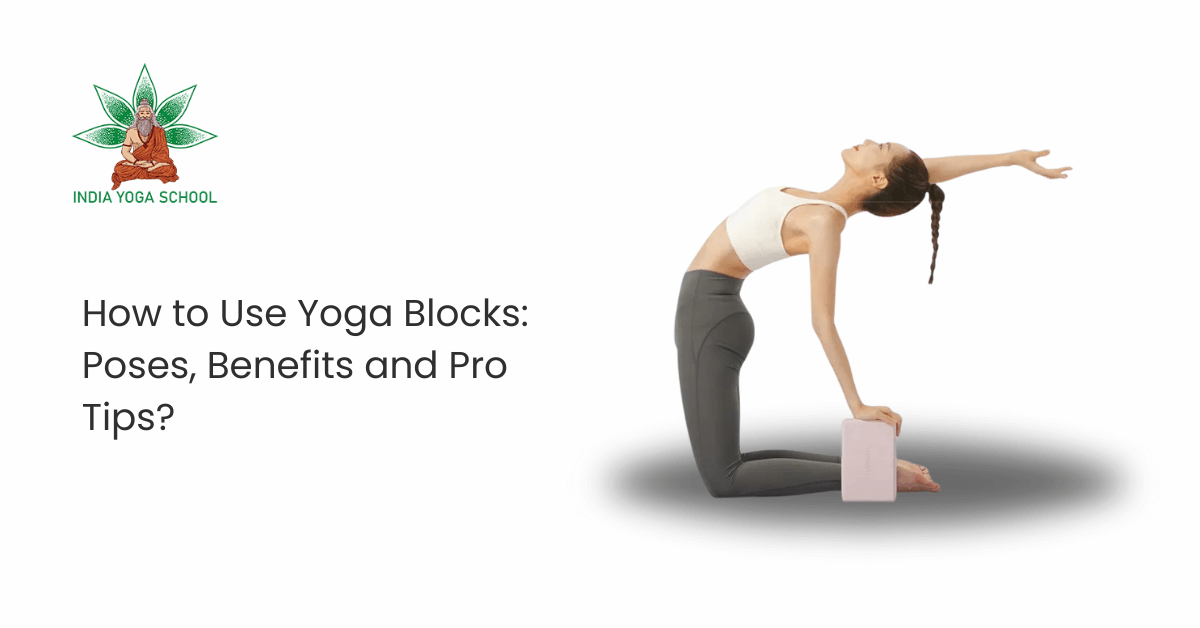
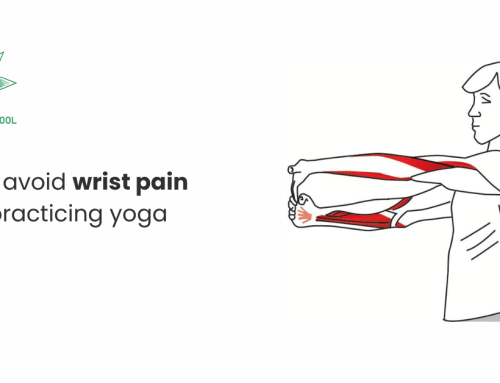
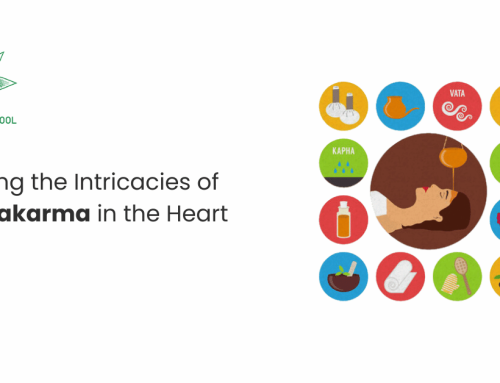
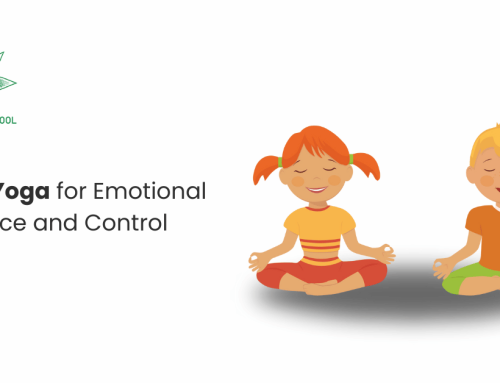
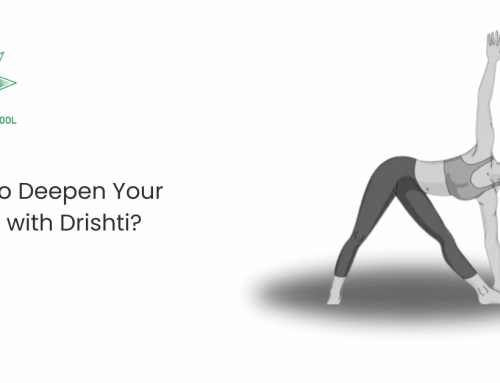
Leave A Comment